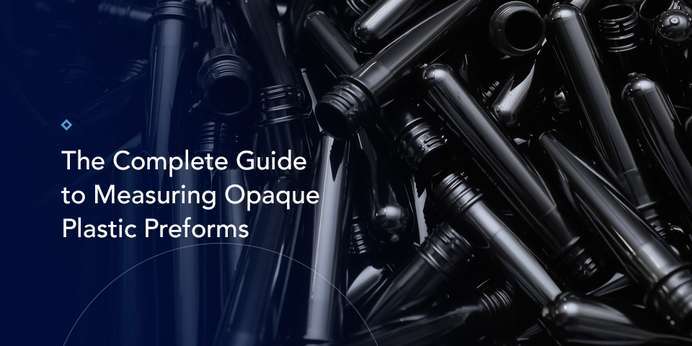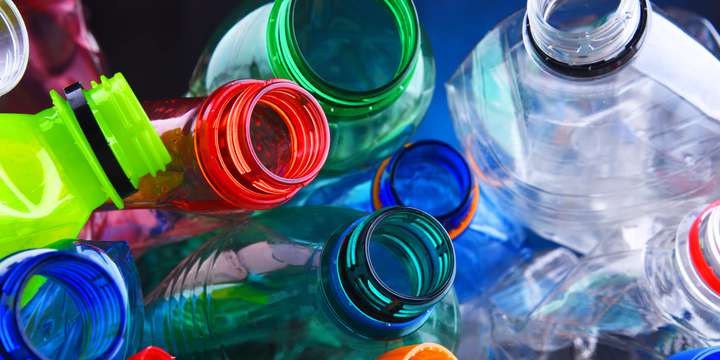ポリエチレンテレフタレート(PET)プリフォームは、飲料製造、食用油などの業界にとって、魅力的で耐久性のあるパッケージングに不可欠です。市場が成長し続けるにつれ、製品の品質を維持するために外観を正確かつ客観的に定量化する必要性も高まっています。分光光度計は科学的な色測定のための最良のソリューションであり、手作業による目視評価で起こりがちなエラーを排除し、より高い信頼性と正確なデータを提供します。プリフォームにおいて色が重要な理由、色の一貫性の課題、そして高品質な結果を保証するための理想的な測定装置についてご覧ください。
プラスチックプリフォームに色が重要な理由
色は、規格に適合し、製品を保護し、消費者に影響を与える上で重要な役割を果たしている。
業界標準
プラスチックプリフォームの色は、業界固有の基準を満たすために不可欠です。医薬品や飲料などの分野では、安全性、トレーサビリティ、規制遵守を確保するために、色の許容範囲が厳しいことがよくあります。たとえば、特定のパッケージの色は、特定の添加物の存在を示したり、製品の配合を区別したりします。このような色彩基準を遵守することは、製品の完全性と消費者の安全を守ることにつながります。
製品保護
特定の医薬品や飲料など、一部の商品は紫外線(UV)に敏感である。紫外線への継続的な暴露は劣化を引き起こし、見た目の美しさ、医療効果、安全性、味に影響を与えます。不透明なプラスチック包装は、紫外線に対するシールドを形成し、過剰な露出から中の製品を保護するのに役立ちます。色が均一でない場合は、着色料やUVカット添加物が不均一に分布している可能性があり、紫外線が包装を透過する可能性が高くなります。
クオリティ・パーセプション
食用油や飲料のような製品は、混雑した市場で競争している。そのため、棚で目立つことが成功の鍵となります。あなたが選ぶプラスチックの色は、消費者の注目を集め、ブランディングを強化するのに役立ちます。色が一貫して魅力的であれば、品質へのこだわりを示し、顧客の期待に応えることができます。逆に、色の変化は品質管理や製造工程に問題があることを意味し、消費者が代わりに競合他社製品に手を伸ばす原因となります。







